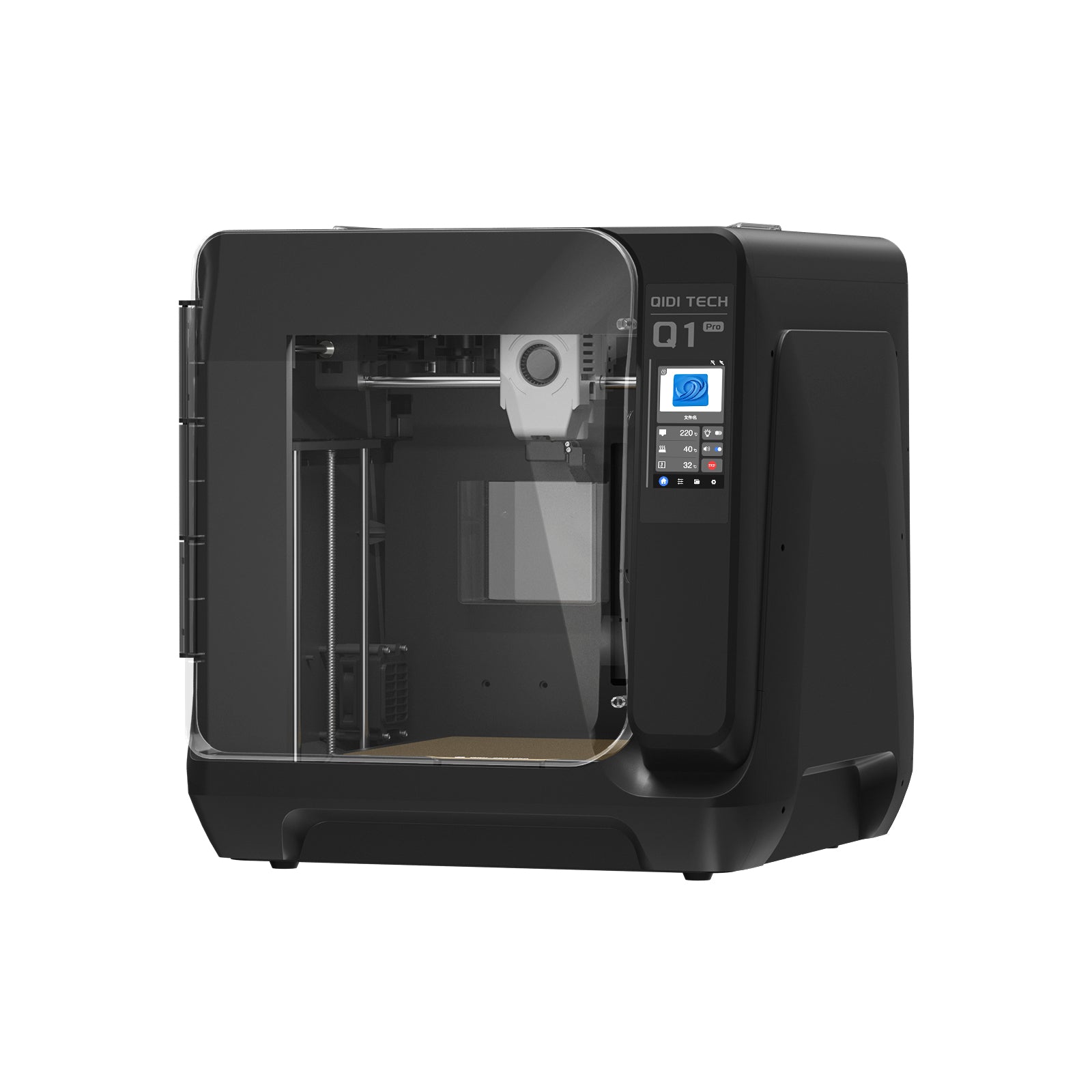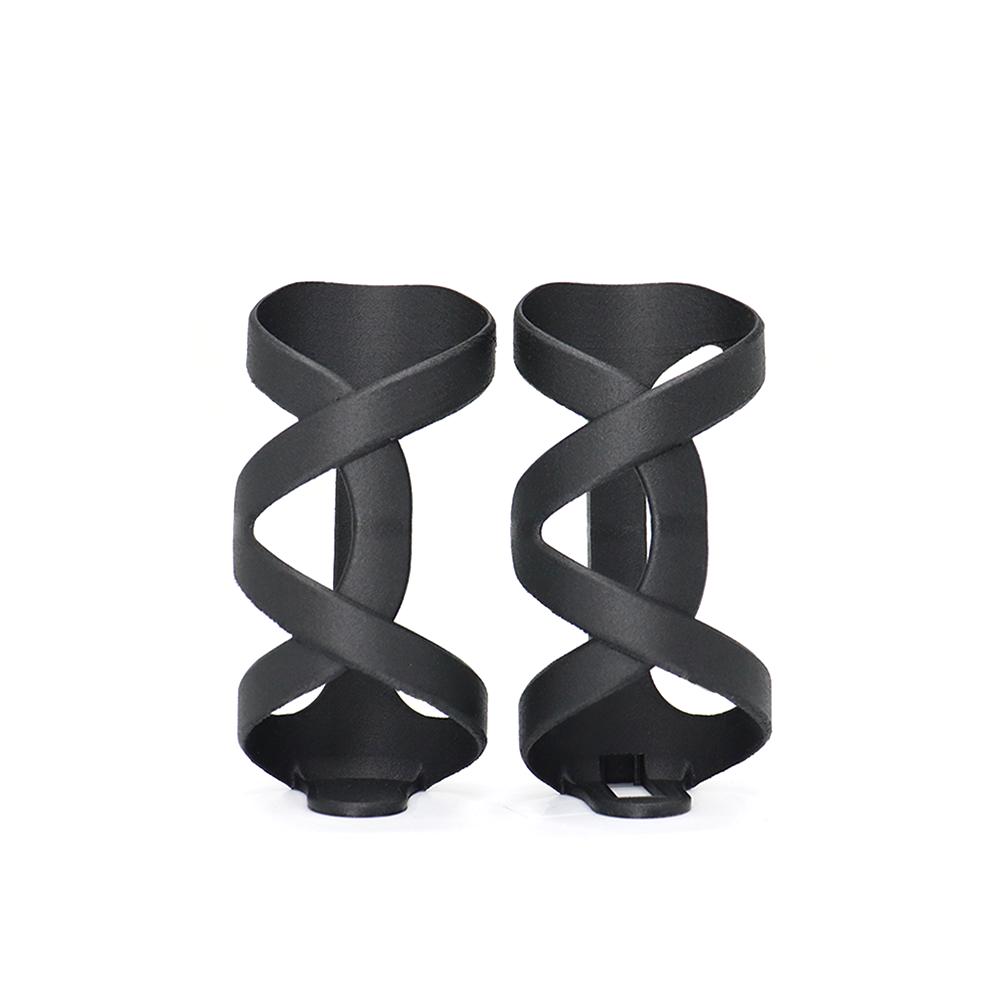How Tech Giants Is Using 3D Printing to Make Better Products
Table of Contents
3D printing is changing the way tech giants create products. From personalized designs to faster production, this technology offers a range of benefits. In this article, we'll explore how big names in tech are using 3D printing to innovate and improve their offerings. We'll look at the advantages, real-world examples, challenges, and future possibilities. Get ready to dive into the exciting world of 3D printing and see how it's transforming the tech industry.
Advantages of 3D Printing for Tech Companies
3D printing offers several key benefits that make it an attractive option for tech giants looking to improve their products and processes.
1. Making Products Just for You
One of the biggest advantages of 3D printing is its ability to create personalized products. Companies can easily make designs that fit each customer's wants and needs, like unique colors, comfortable shapes, and parts that are made to fit you perfectly. This helps tech giants stand out and build stronger relationships with their customers.

2. Faster Design and Testing
3D printing also lets designers work faster. They can quickly print and test their ideas, trying out more designs and making improvements much faster than traditional manufacturing. This means tech companies can bring new ideas to life and get them to customers quicker.
3. Saving Money
3D printing can also help cut costs. It reduces wasted materials compared to traditional methods, so companies need less raw material and have less leftover stuff to get rid of. Plus, it lowers storage costs since companies can print parts on-demand instead of keeping big stockpiles.
4. Using New Materials
Finally, 3D printing allows for new material possibilities. Advanced techniques can work with plastics, metals, ceramics, and even bio-materials. This lets tech giants experiment with new combinations and create products that are stronger, more flexible, or handle heat better.
These advantages are driving tech giants to embrace 3D printing and explore how it can revolutionize the way they make products.
Case Studies of Tech Giants Leveraging 3D Printing
Let's take a look at how some of the biggest names in tech are using 3D printing to innovate and improve their products.
1. Apple's Innovations with 3D Printing
Apple has expanded its use of 3D printing, incorporating it into the production of the Apple Watch Series 9 and Apple Watch Ultra 2, which were released in September 2023. The company uses 3D printing for the stainless steel frames of the Watch Series 9 and the titanium cases of the Watch Ultra 2. This move has streamlined production times and reduced material waste.
Apple's adoption of 3D printing for these key components marks a significant shift in their manufacturing process. While the company hasn't yet mass-produced 3D-printed aluminum casings for its Macs and iPads, it remains committed to increasing the use of recycled materials. Currently, over half of the aluminum in Apple products comes from recycled sources.

2. Huawei's Cutting-Edge Phones
Huawei has been at the forefront of incorporating 3D printing into its smartphone manufacturing. This is exemplified by the Honor Magic V2, which was introduced in July 2023. This model, notable for being one of the thinnest foldable smartphones on the market, utilizes innovative titanium hinges made possible through metal 3D printing technology.
Recognizing the vast opportunities this technology holds, Huawei continues to integrate 3D printing in its mobile devices, featuring unique designs and precision-engineered components that explore new possibilities in smartphone technology.
3. Other Tech Players in the Game
In addition to Apple and Huawei, other tech giants are leveraging 3D printing to innovate and enhance their products. Samsung C&T has been applying 3D printing for construction purposes, such as creating faux landscape walls at Yongdu District 6 housing redevelopment site, and is in the process of developing technology to build non-load-bearing walls with robotic arm-based 3D printers. SpaceX also extensively uses metal 3D printing for producing critical components of its aerospace endeavors, including the Starship spacecraft. The integration of 3D printing by these companies is transforming their manufacturing processes, contributing to cost reduction, increased efficiency, and improved reliability of parts, which signals a shift towards more autonomous production methods and a reconfiguration of the traditional supply chains in the tech industry.
How to Overcome Challenges in 3D Printing
While 3D printing offers many benefits for tech companies, it also comes with some challenges that need to be addressed.
1. Making More Parts Faster
One of the biggest hurdles is figuring out how to use 3D printing to make a lot of parts quickly. Right now, most 3D printers are designed for making prototypes or small batches. To really take advantage of this technology, companies need to find ways to print larger quantities fast and efficiently. This might mean investing in bigger, faster printers or coming up with new ways to make lots of parts at once.

2. Dealing with High Costs
Another challenge is dealing with the high costs of 3D printing. The materials and equipment needed can be pretty pricey, especially for advanced techniques like metal printing. Companies need to find ways to balance these costs with the benefits of 3D printing, like being able to design things faster and wasting less material. This might involve finding new, cheaper materials or figuring out how to use printers in the best way possible to get the most for their money.
3. Making Sure Parts Are Good Enough
Finally, there's the issue of quality control. When you're making lots of parts with 3D printing, you need to make sure each one is up to the same high standards. This can be tricky, since 3D printed parts can sometimes have slight differences or defects. To overcome this, companies need to come up with strict testing and inspection processes. They might also look into new technologies, like AI-powered quality control systems, to help catch any issues early on.
The Future of 3D Printing in Technology
As tech giants continue to push the boundaries of 3D printing, the future looks bright for this innovative technology.
1. 3D Printing for Everyone
One of the biggest goals is to make 3D printing more accessible for the average consumer. Right now, most 3D printed products are specialized items or luxury goods. But as the technology improves and costs come down, we could start seeing 3D printed products everywhere. Imagine being able to customize your phone case, shoes, or even car parts right from your home!
2. Inventing the Next Big Thing
To make this a reality, tech companies are investing heavily in research and development. They're exploring new materials, like super-strong metals and flexible plastics, that could open up even more possibilities for 3D printed products. They're also working on new printing techniques that are faster, more precise, and able to handle larger volumes. Some companies are even teaming up with universities and research labs to push the boundaries of what's possible.
3. Printing a Greener Future
As 3D printing becomes more widespread, tech giants are also thinking about its environmental impact. They're looking for ways to make the process more sustainable, like using recycled materials or biodegradable plastics. They're also exploring how 3D printing could help reduce waste and carbon emissions by making supply chains more efficient. By considering the environmental, social, and governance (ESG) aspects of 3D printing, these companies hope to create a more sustainable future for everyone.
Let's See What's Next for 3D Printing and Tech
3D printing is transforming how tech giants innovate and create products. From personalized designs to faster development and greener practices, this technology offers countless possibilities. As big names like Apple and Huawei pave the way, we're witnessing the incredible potential of 3D printing. But the best is yet to come. With continued investment, innovation, and a focus on sustainability, the future of 3D printing in tech is limitless. So, keep an eye out for the amazing advancements that are sure to come.





